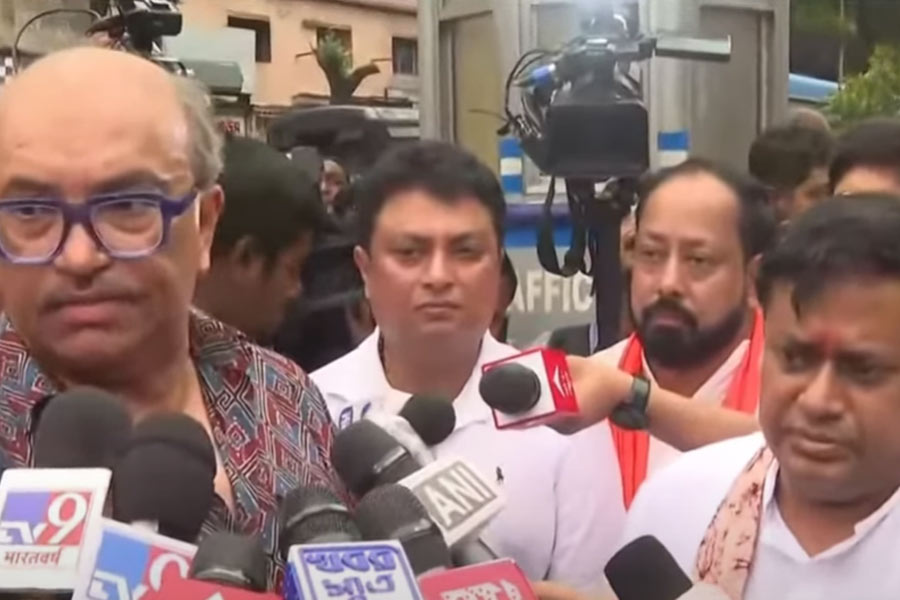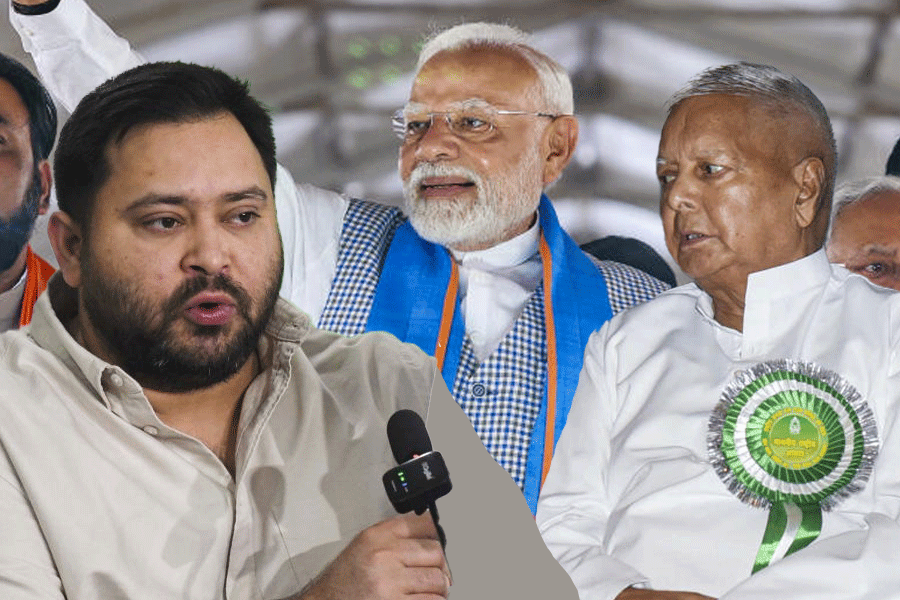 |
| Kalpana cinema in Bhubaneswar, which has closed down. Picture by Ashwinee Pati |
Bhubaneswar, Dec. 8: From watching a sci-fi with parents to a rom-com with your beloved, umpteen memories revolve around films. But the cinemas, which once drew people in droves, appear to be losing patronage.
From Sri Sitaram Vilas Talkies and Lingaraj Talkies in Ganjam to Rajtarangiri, Durga, Devi in Cuttack and Kalpana Talkies in Bhubaneswar, several cinemas have downed shutters.
Movie theatres that began mushrooming across the state in the late 1980s, were hit hard by the 1999 super cyclone. From around 300 single-screen cinemas that were operational before the cyclone, only 81 were left functioning in 2010.
For a few years after the super cyclone, film production almost dried up and this paralysed several rural and semi-urban (janata) cinemas. Even though the production rate for films climbed in successive years, the screening infrastructure continues to be in bad shape.
One of the prime factors for the decline of movie theatres in Odisha appears to be the state government’s policy binding cinema owners to sell tickets at the same price for all shows. This is in contrast to other states. A proposed multiplex in Bhubaneswar is stuck because the government is yet to agree to the idea of flexible ticket rates in accordance with the film and the timing, which is essential for multiplexes.
“When it comes to pricing policy changes, the tragedy is that the Odisha Film Development Corporation (OFDC) comes under the industries department, but the home department deals with the relevant laws and determines the pricing policy,” says P.K. Mishra, deputy general manager, OFDC.
The cinema owners and OFDC have been demanding a change in the pricing policy for a decade now. Experts say that for the clause to be accepted, the Odisha Film Regulation Act (1954) needs to be amended.
“Cheaper tickets can be introduced to attract viewers to morning shows or Odia films that do not pull much audience. We have also been asking for a tax-free maintenance fee to be levied on tickets for the infrastructure development of the halls. The state doesn’t have an anti-piracy act till date. All our demands have fallen on deaf ears. Certainly, the cyclone played havoc but the apathetic attitude of the government has hurt us more,” said Bijendra Mohanty, president of the Odisha Cinema Halls Owners’ Association.
However, Mohanty is thankful to the government for not imposing entertainment tax on Odia films. He feels this is why the annual production of Odia films has increased from 15 to 35. The irony is that though film production is increasing, the plight of cinema halls remains as it is. Veteran film-maker Prashant Nanda said the situation was such because development of the film industry was not a priority for the government.
“We have been suggesting that one cinema be built in each of the 314 blocks of the state. The government must provide land while the construction could be made on a public-private-partnership model. However, no action has been taken yet,” said Nanda.
When the entertainment tax was exempted, OFDC, which used to get a percentage of it, lost a source of revenue. OFDC’s main function is to provide financial assistance to private film entrepreneurs for construction of new low cost janata and rural movie theatres in semi-urban and rural areas and renovate existing cinemas. While the common notion is that ODFC has no funds to offer, corporation officials deny this charge saying nobody ever approaches them.
“Getting finance from market is more convenient than going through the hassles of our meticulous paperwork,” said Mishra of OFDC.
Since its inception in April, 1976, the corporation has sanctioned a loan of Rs 49.25 lakh for the construction of 52 janata and rural cinema halls and Rs 61.48 lakh to 34 cinemas for renovation. But, its schemes are obsolete today.
“Nobody approaches us for loans. We will rework the schemes according to requirement. But that can only happen if proposals come,” Mishra said.
Film critic Surya Deo said remaking Hindi and South Indian films have driven the Odia middle class away from cinemas as they can hardly relate to such movies.
Nanda adds that despite a low turnout at theatres and heavy losses for Odia film-makers, the entry of producers from the real-estate sector, who are charmed by the glamour industry, is sustaining film production.
Another thing which has hit cinemas, is 24-hour movie channels.
“Earlier, watching a film at a theatre was compulsion, now it is optional. With satellite screening, they can watch latest movies on their TV sets by paying a nominal fee. When running a single-screen theatre was a challenge, I took the risk of starting a cinema that has three screens (Sriya Swati Stutee). With the multiplexes coming, we will try to compete. If we fail, we will shut it. In any case, we are in a loss-making venture. Renting the same land for a mall will reap me more benefits. But the policy-makers must not overlook the fact that when a cinema hall shuts down, a lot of people from production, distribution and exhibition lose their jobs,” Mohanty said.










